Welcome to our final blog post! As the term comes to an end, we would like to reflect upon all of the positive aspects and some of the challenges we faced that allowed us to grow as a group and as individuals. By reflecting on our experience, we are able to really take in all that we have learned and appreciating what we still have yet to learn and improve on.
What
Overall we had a great experience working onthe Ind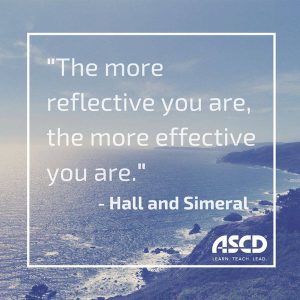 igenous Foodscapes project, but that is not to say that there were not any challenges that came along with it. One of the biggest challenges we faced was with communication between our group and with our community partner. Communication between our group consisted mainly of group facebook chats, editing documents online at the same time, and discussing in person during our tutorial hours which was almost every week. This worked for the most part however it quickly became overwhelming to keep up with all the messages on facebook and having the time to respond to each of them. Communication between our community partner looked more like lots of emails, and meeting in person maybe only a few times. This was an issue as some of the emails were not clear to us, and discussing in person always allows for the opportunity to ask for further clarification before too much time passes.
igenous Foodscapes project, but that is not to say that there were not any challenges that came along with it. One of the biggest challenges we faced was with communication between our group and with our community partner. Communication between our group consisted mainly of group facebook chats, editing documents online at the same time, and discussing in person during our tutorial hours which was almost every week. This worked for the most part however it quickly became overwhelming to keep up with all the messages on facebook and having the time to respond to each of them. Communication between our community partner looked more like lots of emails, and meeting in person maybe only a few times. This was an issue as some of the emails were not clear to us, and discussing in person always allows for the opportunity to ask for further clarification before too much time passes.
We also had a lot of difficulty planning a tour date with the Indigenous Herbalist. The first tour we decided on was cancelled, and the second one was double booked with another group. But the third time’s the charm! In the end two of our group members were able to go to Vancouver Technical School to attend a tour. It was difficult to find time on top of our busy class schedule to go on the tour, especially since the tour times did not align with the flexible learning sessions that was given to us as part of our class time for LFS 350.
Lastly, dealing with stress was another challenge we faced as a group. We experienced high amounts of stress with the workload of this course, especially during midterm season. We believe the main reason for this is because we are not familiar with the teaching style used in this course. Most classes we have attended so far in university are heavily lecture and exam based. We all felt that we had a difficult time adjusting to a community based experiential learning approach, particularly with a restrictive time schedule and communication, however we are very happy that we had the opportunity to experience this way of learning. The community based learning approach requires us to go out to the community where you would like to make a difference, and first learn “what the community members want for their community, what are their aspirations, who are the leaders, what are they currently working on, and then see how we can be supportive of what is already going on (Yakini, Malik).” This information is not something that can be collected in classrooms or found in textbooks. You cannot really know what’s best for the community without having done this research or “lived,” at the very least visited, the community to understand the dynamics they are dealing with. Thus, the opportunity to take part in this CBEL project was a great learning experience, considering the knowledge obtained by visiting the school, to approach the goal of building an indigenous foodscape from an asset based approach, is knowledge that cannot be received from a classroom.
So what; overcoming our challenges
Communication is key when working in a group, and if we didn’t know that before, we sure know that now! We initially started with facebook  messenger, but it quickly became overwhelming with the high amounts of messages. This was especially true when it came to the infographic which required us to discuss and work on the project together within a relatively short time frame. Therefore, we switched to using Skype instead. However, we all found that meeting in person was the best way to communicate clearly. As for our scheduling conflicts, we really took advantage of the tutorial class times that were given to us to communicate within our group and touch base. We also used Skype as a communication medium between all four of our members, as we could do this late in the evenings when we were all home from school, work, volunteering, and such. With the Indigenous Herbalist, communication and making compromises was the way to go with our scheduling conflicts. In the end, only two of our group members were able to attend the tour at Vancouver Technical school. However, the information gained during that tour was passed on to the other group members who did not get to attend in an effective manner. To help alleviate the overwhelming amount of work required for this style of learning, we decided to divide tasks between us. This method utilizes reflecting on each of our skills, and contributing that to the group. For example, Joy is amazing with computers and was willing to create the infographic. Kimia and Mio are comfortable with public speaking and presented the infographics and prepared a speech. Karman has strengths in editing and writing and so she is usually responsible for the final edits and submitting our assignments. This method worked well to make the work load equal and fair amongst the group, however it did have it’s own limitations. Such as when we are working on separate parts of the written assignments that later have to come together as one fluid piece. This was a challenge at times since we each have different writing styles.
messenger, but it quickly became overwhelming with the high amounts of messages. This was especially true when it came to the infographic which required us to discuss and work on the project together within a relatively short time frame. Therefore, we switched to using Skype instead. However, we all found that meeting in person was the best way to communicate clearly. As for our scheduling conflicts, we really took advantage of the tutorial class times that were given to us to communicate within our group and touch base. We also used Skype as a communication medium between all four of our members, as we could do this late in the evenings when we were all home from school, work, volunteering, and such. With the Indigenous Herbalist, communication and making compromises was the way to go with our scheduling conflicts. In the end, only two of our group members were able to attend the tour at Vancouver Technical school. However, the information gained during that tour was passed on to the other group members who did not get to attend in an effective manner. To help alleviate the overwhelming amount of work required for this style of learning, we decided to divide tasks between us. This method utilizes reflecting on each of our skills, and contributing that to the group. For example, Joy is amazing with computers and was willing to create the infographic. Kimia and Mio are comfortable with public speaking and presented the infographics and prepared a speech. Karman has strengths in editing and writing and so she is usually responsible for the final edits and submitting our assignments. This method worked well to make the work load equal and fair amongst the group, however it did have it’s own limitations. Such as when we are working on separate parts of the written assignments that later have to come together as one fluid piece. This was a challenge at times since we each have different writing styles.
Now what
Now that we are close to completing the term, it is easier to look at the bigger picture and appreciate this style of learning. We rarely get experiences like this in other lecture style classes, and it has helped us grow and recognize our own strengths and weaknesses. This method of teaching is beneficial for us because we had the opportunity to experience working in the community, which helped us develop our communication skills and teamwork skills. It was also a beneficial experience for the community as they got to create a link to the University of British Columbia (UBC), gain knowledge about working with newer professionals in the field, and to receive free work!
References
Officialascd. (n.d.). Professional Development (jpg). Retrieved March 29th, 2018 from https://www.pinterest.ca/pin/98657048067390154/
Yakini, Malik. (2013). Working in communities as partners, not missionaries. Retrieved from https://www.youtube.com/watch?time_continue=92&v=qO9_dgcxdj4
Unicef. (2016). 9 Questions about communication. Retrieved March 30, 2018, from http://www.voicesofyouth.org/en/posts/9-questions-about-communication
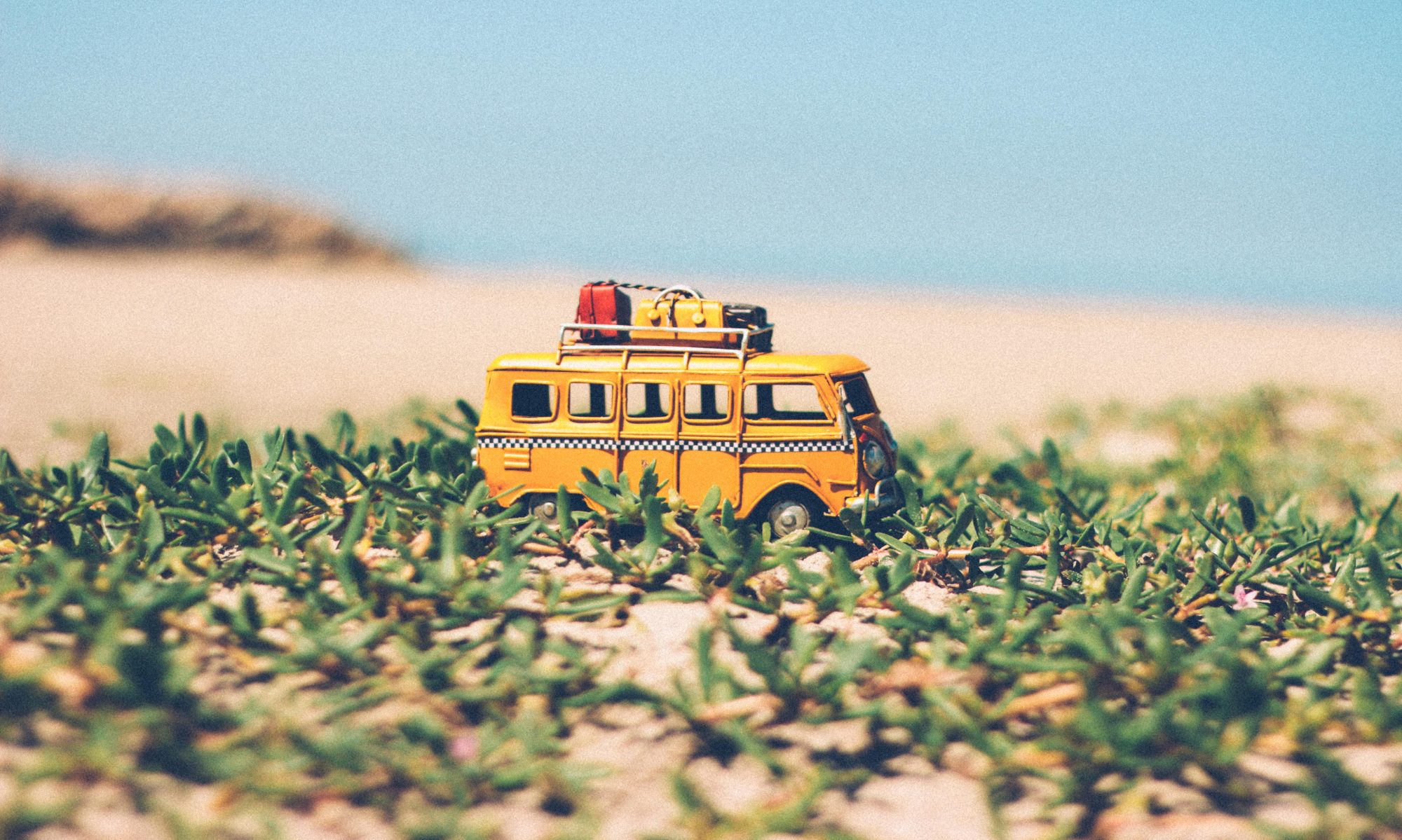
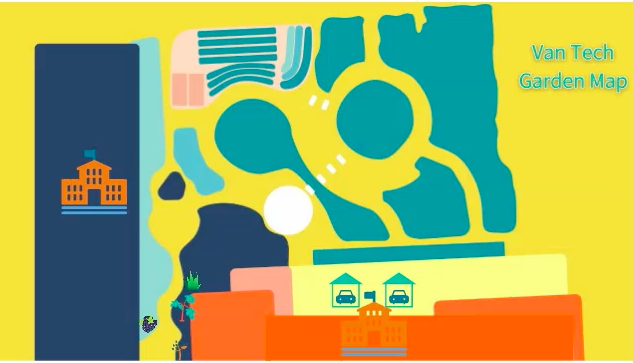
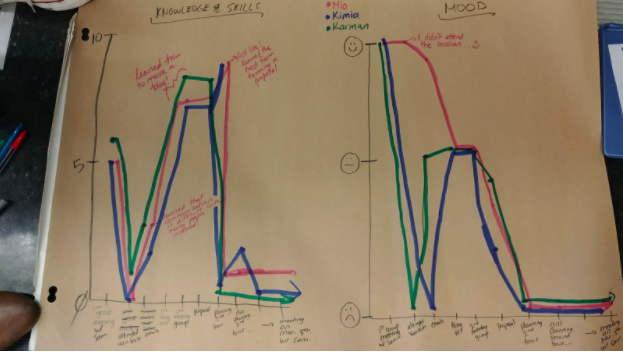
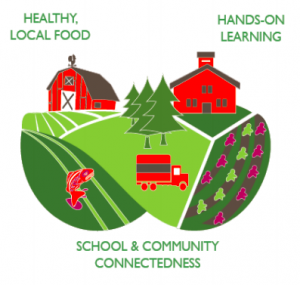 While many consumers and alternative agrifood organizations express interest in and support social justice goals, the incorporation of these goals into on-the-ground alternatives is often tenuous. Academics have an important role in calling out social justice issues and developing the critical thinking skills that can redress inequality in the agrifood system(Allen.P).
While many consumers and alternative agrifood organizations express interest in and support social justice goals, the incorporation of these goals into on-the-ground alternatives is often tenuous. Academics have an important role in calling out social justice issues and developing the critical thinking skills that can redress inequality in the agrifood system(Allen.P).
 Completed the Project Proposal Report.
Completed the Project Proposal Report.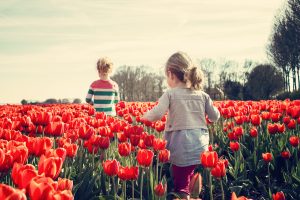 A significant moment for us was when we realized just how much things have changed since we were in elementary school ourselves. None of us had the opportunity to grow gardens and learn about indigenous foods while we were in the public school system, and now there are programs that incorporate learning about the food system in many schools across the province. Some of these include Farm to School BC, Breakfast Club of Canada, and the School Fruit and Vegetable Nutritional Program (Community Partners & Associations, n.d.). This realization evoked feelings of gratitude from acknowledging that programs such as the Farm to School program are being implemented, and we as a society are starting to realize the importance of learning and engaging about the food system that we are all a part of.
A significant moment for us was when we realized just how much things have changed since we were in elementary school ourselves. None of us had the opportunity to grow gardens and learn about indigenous foods while we were in the public school system, and now there are programs that incorporate learning about the food system in many schools across the province. Some of these include Farm to School BC, Breakfast Club of Canada, and the School Fruit and Vegetable Nutritional Program (Community Partners & Associations, n.d.). This realization evoked feelings of gratitude from acknowledging that programs such as the Farm to School program are being implemented, and we as a society are starting to realize the importance of learning and engaging about the food system that we are all a part of.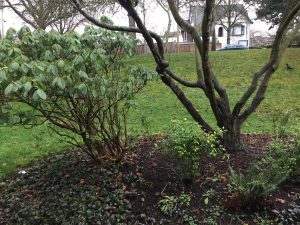 em in larger ways, such as making changes where they see a gap. For some it may not only an inclination, but even a passion to make changes in the food system for the better.
em in larger ways, such as making changes where they see a gap. For some it may not only an inclination, but even a passion to make changes in the food system for the better. Recording audio during the tour and taking field observation include photos
Recording audio during the tour and taking field observation include photos